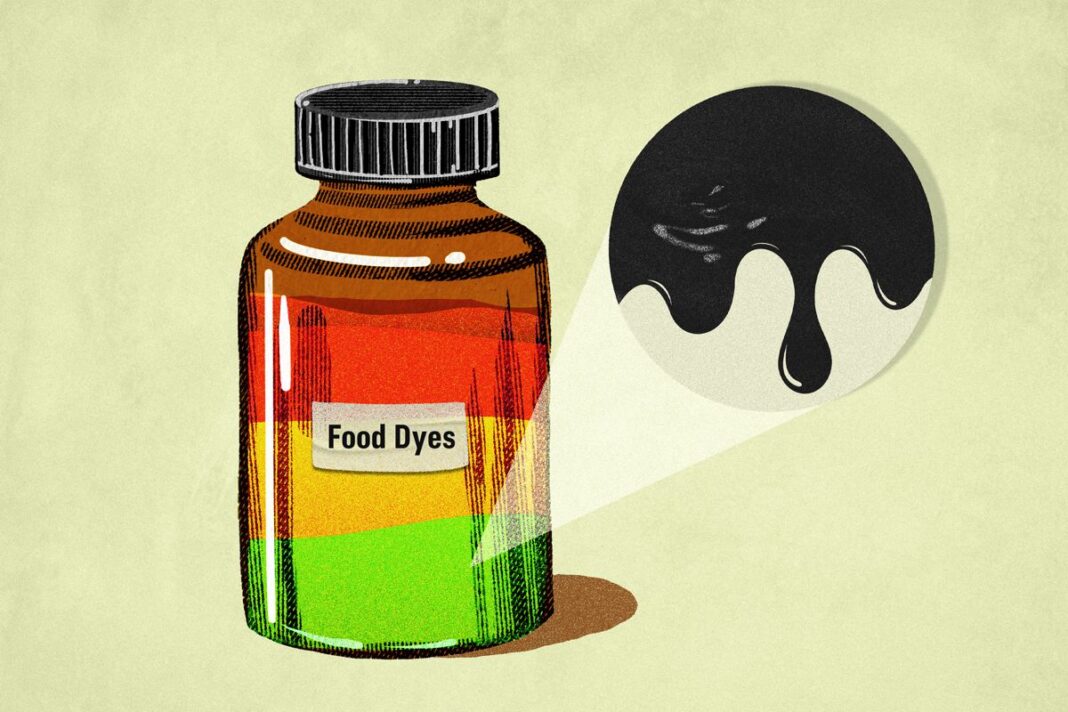The innovation of extracting food dye from coal tar once thrilled the public. Yet it was not without consequences.
In 1856, 18-year-old chemist William Henry Perkin was experimenting with coal tar-derived compounds in a crude laboratory in his attic.
His teacher, August Wilhelm von Hofmann, had published a hypothesis on how it might be possible to make a prized malaria drug using chemicals from coal tar, and as his assistant, Perkin was hoping that he would be the one to discover it.
The experiment was a failure. Rather than the prized drug, Perkin created a thick brown sludge. However, when he went to wash out the beakers with alcohol, it left behind a bright purple residue.
The residue became the world’s first-ever mauve synthetic dye.
Prior to the invention of synthetic dyes, people obtained dyes through organic materials like plants, clay, minerals, or certain animals like insects and squid.
Natural dyes such as those from clay tended to fade quickly, and those that were long-lasting, like natural indigo dyes, used an arduous extraction process that made them expensive.
Perkin’s mauve dye, however, was stable and easy to make.
Mauve dye became an instant hit in the UK and globally. Consumers were seized by “mauve measles.” Everyone wanted a piece of it, including Queen Victoria, a fashion icon at the time who ordered mauve gowns, hats, and gloves.
Perkin’s discovery and commercial success prompted chemists in Europe to find the next dye in coal tar: Magenta was discovered in 1858, methyl violet in 1861, and Bismarck brown in 1863.
Synthetic dyes would soon be added to everything—clothing, plastics, wood—and food.
Rapid innovation was not without consequences. Many dyes were discovered to be harmful and removed within decades of discovery. More than a century later, the United States has announced its removal of synthetic food dyes.
Dyes in Food
For centuries, people have colored food to make it appear more appealing, said Ai Hisano, associate professor at the University of Tokyo specializing in cultural and business history.
Butter, for example, is not always yellow. Depending on the cattle feed, breed, and period of lactation, butter color can fluctuate seasonally from bright yellow in the summer to pale white in the winter.
“Dairy farmers colored butter with carrot juice and extracts of plant seeds, called annatto, to give them a uniform yellow all year round,” Hisano wrote in her article published in the Business History Review.
By Marina Zhang








